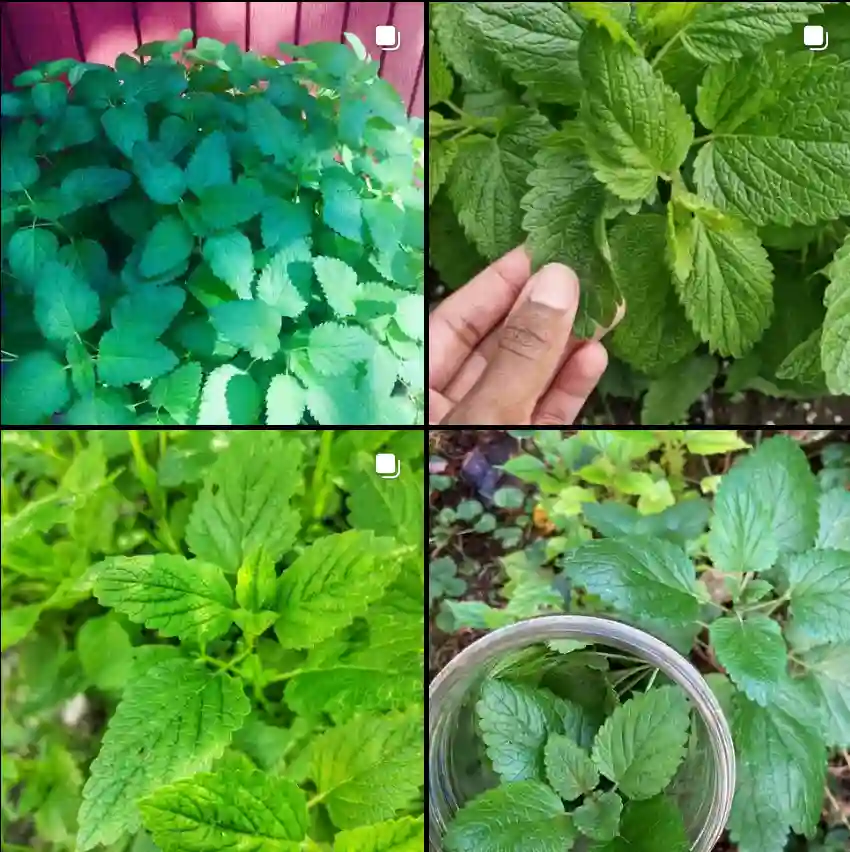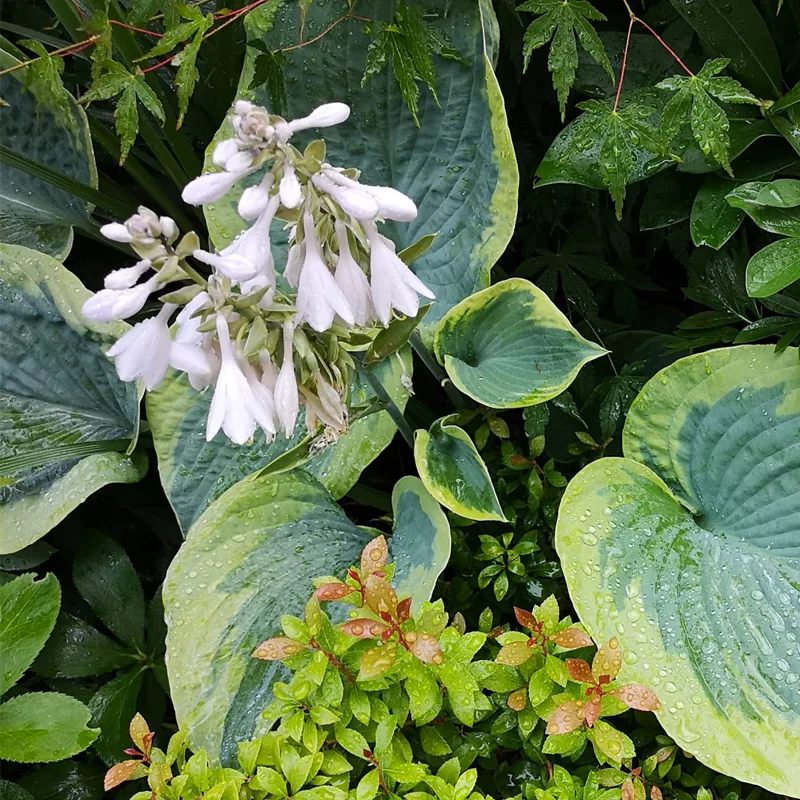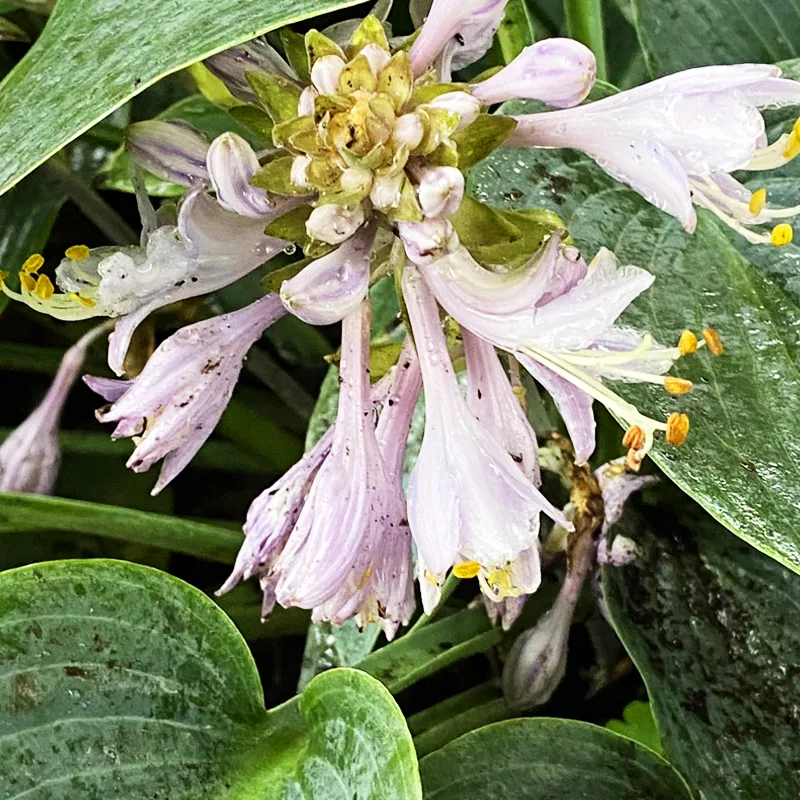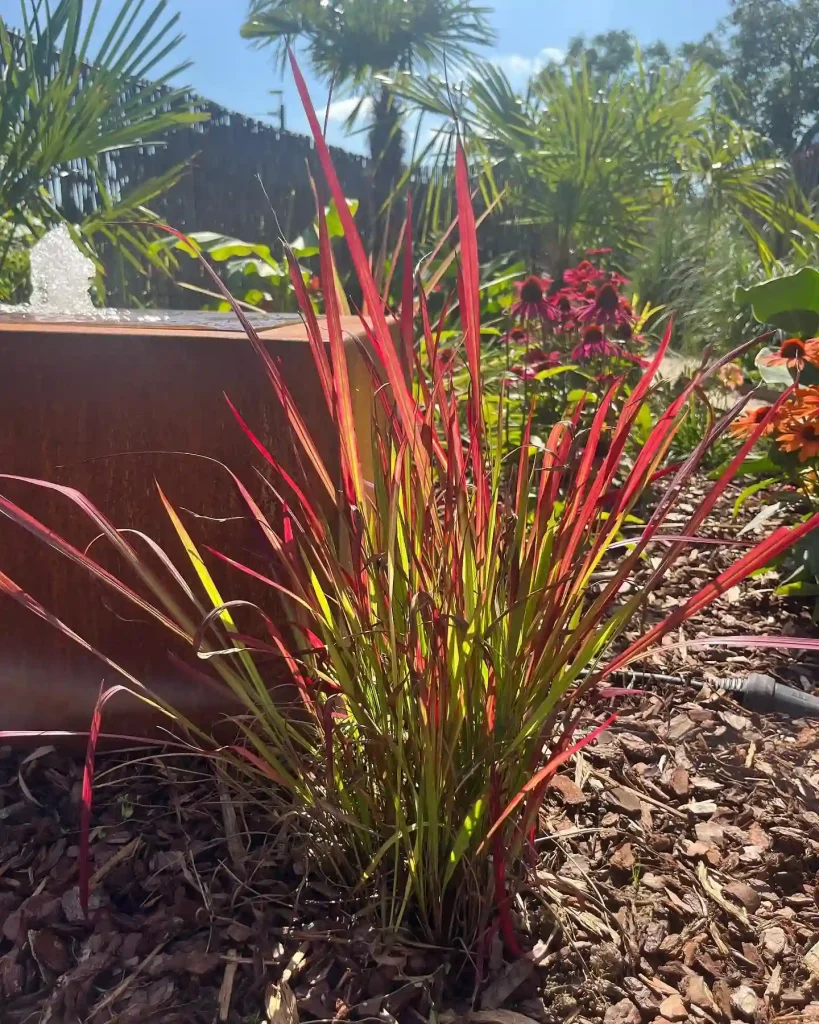Anthurium Moronense: A Collector’s Guide to the Three-Lobed Wonder
I’m Ferb Vu, and like many plant enthusiasts, I’m captivated by the unique and beautiful Anthurium Moronense. This climbing epiphyte, hailing from the rainforests of Ecuador and Peru, stands out with its stunning three-lobed foliage, a rarity in the vast Anthurium genus.
Today, I’m sharing my knowledge about this captivating plant to help you decide if it deserves a spot in your indoor jungle.
1327 Species in Genus Anthurium
What Makes Anthurium Moronense Special?
Unlike its heart-shaped or oval-shaped cousins, the Anthurium Moronense boasts a distinctive tri-lobed form. Each mature leaf unfurls in three pronounced lobes, creating a geometric masterpiece. This characteristic makes it a conversation starter and a prized possession for collectors.
Epiphytic Lifestyle: Unlike terrestrial plants that root in soil, Anthurium Moronense is an epiphyte. In the wild, it thrives by clinging to trees and other structures, absorbing moisture and nutrients from the air and its surroundings. This translates to specific care requirements when you bring it indoors.
Rarity Factor: Compared to more common Anthurium varieties, the Moronense is less readily available. This adds to its allure for collectors seeking unique and conversation-worthy plants.
Anthurium Moronense vs. Other Anthuriums
While all Anthuriums are known for their vibrant foliage and occasional blooms, the Moronense stands out in a few key ways:
- Leaf Shape: The most striking difference is the three-lobed form of the Moronense, compared to the heart-shaped or oval leaves of popular varieties like Anthurium Crystallinum or Anthurium Reginae.
- Growth Habit: The Moronense is a climber, while many Anthuriums are more compact and bushy. This climbing nature necessitates providing support structures like moss poles for it to thrive indoors.
- Rarity: As mentioned earlier, the Moronense is less common than its counterparts, making it a more coveted addition to a plant collection.
How to care for Anthurium Moronense?
The unique characteristics of the Anthurium Moronense translate to specific care requirements. Here’s what you need to know to keep your three-lobed beauty flourishing:
- Light: This rainforest native prefers bright, indirect light. Avoid harsh midday sun, which can scorch the leaves.
- Humidity: As an epiphyte, the Moronense thrives in high humidity. Consider using a humidifier, placing it on a pebble tray filled with water, or grouping it with other humidity-loving plants.
- Watering: Don’t drench the plant. Allow the potting medium to dry slightly between waterings. Overwatering can lead to root rot.
- Potting Medium: A well-draining, chunky mix is ideal. Orchid bark, perlite, and sphagnum moss are popular choices to mimic its epiphytic nature.
- Fertilization: Use a balanced fertilizer diluted to half strength during the growing season. Avoid overfertilizing, which can damage the roots.
- Support: As a climber, provide a moss pole or another support structure for your Moronense to climb and showcase its cascading foliage.
Troubleshooting Common Anthurium Moronense Issues
Even with the best care, occasional issues can arise. Here’s how to address some common problems:
- Brown Leaves: This can be caused by underwatering, overwatering, or low humidity. Check your watering routine and increase humidity if necessary.
- Yellowing Leaves: Similar to brown leaves, yellowing can indicate underwatering, overwatering, or insufficient light. Adjust your care regimen accordingly.
- Pests: Mealybugs and spider mites are common culprits. Regularly inspect your plant and treat infestations promptly with insecticidal soap or neem oil.
Bringing Home Your Anthurium Moronense: Tips for Success
Finding an Anthurium Moronense might require searching specialty plant stores or online retailers. Here are some pointers for a smooth transition:
- Repotting: Upon acquiring your plant, consider repotting it into a well-draining pot with a fresh, chunky potting mix.
- Quarantine: Isolate your new arrival for a few weeks to prevent the spread of potential pests to your existing plants.
- Observe and Adapt: Pay attention to your plant’s initial response to your environment. Adjust light, humidity, or watering as needed.
With patience, dedication, and the right care, your Anthurium Moronense will reward you with its stunning three-lobed foliage and a touch of the rainforest in your home.
If i die, water my plants!



